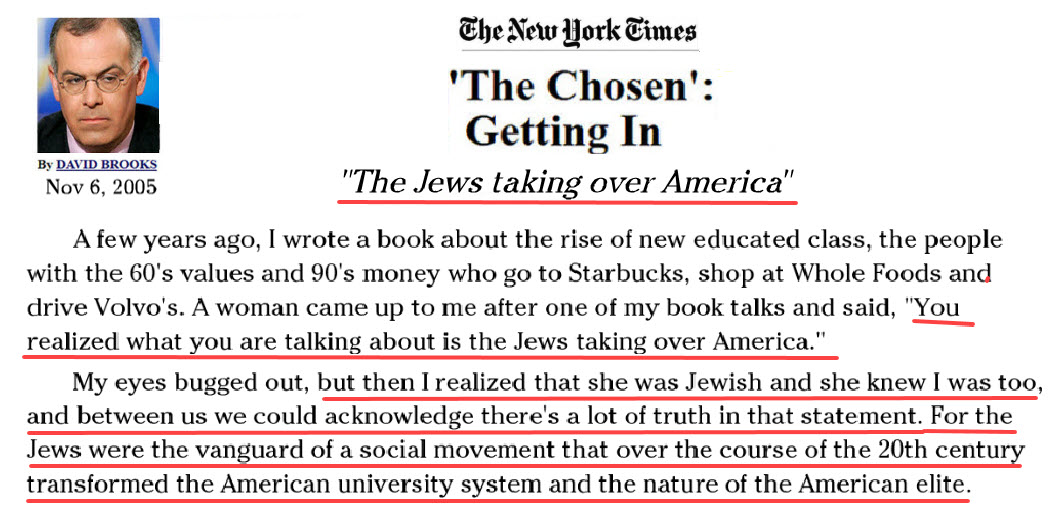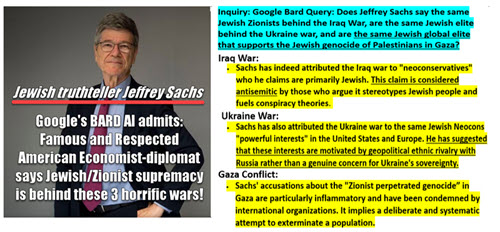 Racial and ethnic self-segregation
Racial and ethnic self-segregation
By Dr. Kevin MacDonald — MP3
Two recent articles (see here and here) in the Chicago Tribune show that self-segregation is still the norm in 21st-century America. When whites move to Chicago, they naturally gravitate to the North Side, while blacks head to the South Side. Many of these whites doubtless voted for Obama, but “they aren’t nearly as interested in living in neighborhoods rich in color.”
Indeed, one of the articles cites a study indicating that whites prefer neighborhoods in which no more than 17% of the population is black and another in which whites rate neighborhoods higher if it is a white neighborhood independent of the physical condition of the neighborhood. As usual, whites are acting on these preferences with white flight. Whites make up a declining percentage of the city’s population (now 28%) as they retreat to suburban areas where they can live in neighborhoods with people like themselves.
This behavior conflicts with the official multicultural utopian attitudes that are so apparent in the articles. But it does conform to psychological research that people naturally prefer to associate with people who are similar to themselves. In fact, there are deep psychological roots to ethnocentrism that make us attracted to and more trusting of genetically similar others. Douglas Massey, Princeton University expert on segregation is quoted to the effect that “although white attitudes have changed and they don’t believe in segregation in principle very much anymore. . .in intimate settings their comfort level isn’t very high.” Sociologists such as Robert Putnam have also shown that ethnic homogeneity is associated with greater trust of others and greater political participation.
Of course, whites can’t be explicit about these preferences. Colin Lampark, the white engineer who moved to Lincoln Park, claims he didn’t move to the South Side because he “just doesn’t know anyone on the South Side.” This would seem to be an example of what I call “implicit whiteness“:
White flight is one of the most salient phenomena of the late 20th century. And where are these white people fleeing to? To the suburbs where there are lots of other white people and where their children go to schools with other white children.
As sociologist Kevin Kruse notes in his book White Flight: Atlanta and the Making of Modern Conservatism, race is never part of the explicit rhetoric of white flight. Instead, white flight tends to be expressed as opposition to the federal government, the welfare state, taxation, and perceived moral dangers like abortion and homosexuality. But at the implicit level, the desire for white communities and the aversion to contributing to public goods for nonwhites are the overriding motivations.
Each of these identities allows white people to associate with other whites without any explicit acknowledgement that race plays a role.
However, blacks can be explicit about their preferences:
Research shows that blacks largely remain segregated from whites across income levels, though to a lesser extent than 30 years ago.
Many higher-income African-Americans who could afford to live anywhere in the city choose to live among blacks, even at the expense of wealth accumulation in their homes.
“It provides a certain comfort for middle-class African-Americans who may work in a corporate environment where they are minorities to live in a neighborhood where they aren’t a minority,” said Richard Pierce, chairman of the Africana studies department at the University of Notre Dame.
[Rosalyn] Bates, of Bronzeville [a black neighborhood], might fit into that category. A clinical therapist, she and her attorney sister canvassed much of the city before selecting a neighborhood.
“There is a comfort level being among people of your own race,” she said. “I don’t think that there was any intention of segregation behind that.”
The articles reflect the attitude that there is a moral imperative for whites to live in integrated neighborhoods, but it is entirely benign when blacks do it. It is similar to the immigration issue writ small: Massive non-white immigration is a moral imperative for Western societies, but other societies have no such obligation. Societies from Israel to Korea to Zimbabwe are free to preserve their people and culture. And they are intent on doing so.
But such attitudes among whites are cause for censure and endless handwringing by elites in the media and academic world. Whites are retreating to white enclaves where they can find a measure of psychological ease and comfort — except when they talk to the media.
Permanent URL: http://www.theoccidentalobserver.net/articles/MacDonald-Chicago.html
Read more Dr. Kevin MacDonald at The Occidental Observer



